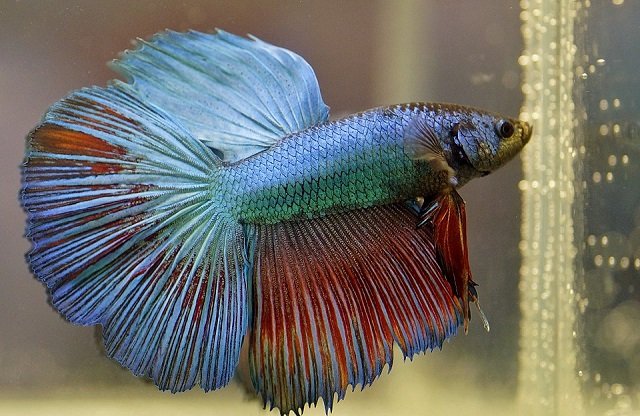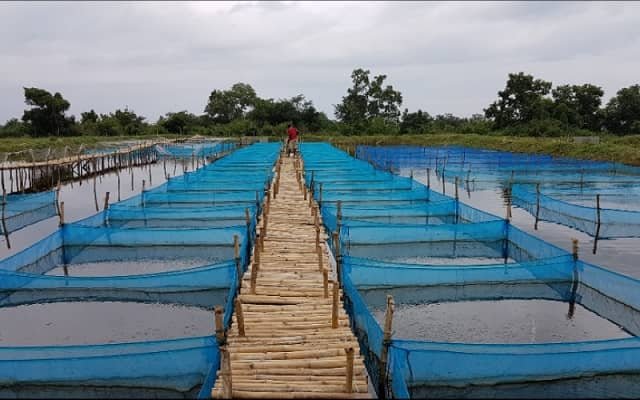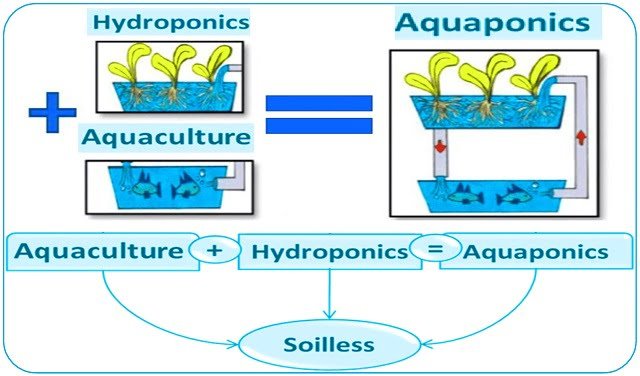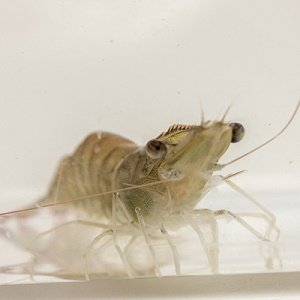
Earthen pond systems have emerged as a promising model for intensive aquaculture, providing a controlled environment for high-density shrimp farming. However, the accumulation of toxic nitrogenous compounds, such as ammonia and nitrite, has posed significant challenges to the sustainability and productivity of these systems.
A recently published study by researchers from Zhejiang Ocean University, the South China Sea Fisheries Research Institute, the Southern Marine Science and Engineering Guangdong Laboratory, and the Key Laboratory of Efficient Utilization and Processing of Marine Fishery Resources of Hainan Province has demonstrated the potential of biofloc technology (BFT) to address the challenges of shrimp farming in semi-natural ponds. This approach offers a sustainable way to maintain water quality, enhance shrimp growth, and stimulate immune responses in Litopenaeus vannamei (Pacific white shrimp).
The challenge of nitrogen toxicity in land-based aquaculture
In traditional earthen pond systems, the accumulation of total ammonia nitrogen (TAN) and nitrite (NO₂⁻-N) can reach toxic levels, negatively affecting shrimp health and growth. These nitrogenous compounds are byproducts of feed decomposition and shrimp metabolism, and their accumulation can lead to poor water quality, lower survival rates, and increased disease susceptibility. To mitigate these issues, water exchange is often used, but this practice is resource-intensive and environmentally unsustainable.
Biofloc technology: A game-changer for water quality management
Biofloc technology (BFT) offers an innovative solution by leveraging microbial communities to regulate water quality. These microbial communities play a crucial role in converting toxic nitrogenous compounds into less harmful forms, such as nitrate (NO₃⁻-N), through processes like nitrification and denitrification.
In this study, researchers evaluated the effectiveness of a biofloc-mediated system in land-based barrel tanks stocked with Litopenaeus vannamei juveniles at a high density of 600 individuals·m⁻². Over a 90-day culture period without water exchange, the system successfully maintained TAN concentrations between 0 and 4 mg·L⁻¹ and nitrite levels below 1.0 mg·L⁻¹. These results highlight the ability of bioflocs to stabilize water quality even under intensive farming conditions.
Bacterial community dynamics in bioflocs
The study also analyzed the bacterial composition of bioflocs, revealing a diverse and dynamic microbial ecosystem. Proteobacteria, Actinobacteria, Planctomycetes, Bacteroidetes, and Chloroflexi were identified as the dominant bacterial phyla throughout the experiment. Notably, bacterial richness and the Shannon diversity index significantly increased after 90 days, indicating a more complex and stable microbial ecosystem.
Redundancy analysis (RDA) further elucidated the relationships between bacterial groups and nitrogen compounds. Bacteroidetes showed a significant positive correlation with TAN and NO₂⁻-N at 30 and 60 days, suggesting its role in nitrogen assimilation. In contrast, Chloroflexi exhibited a positive correlation with nitrate and phosphate at 90 days, highlighting its contribution to nutrient cycling in the later stages of cultivation.
Enhanced shrimp growth and immune response
The biofloc-mediated system not only improved water quality but also enhanced shrimp growth performance and immune status. Key metrics included:
Stay Always Informed
Join our communities to instantly receive the most important news, reports, and analysis from the aquaculture industry.
- Survival rate (SR): 78.36 ± 1.81%
- Yield: 8.63 ± 0.33 kg·m⁻³
- Specific growth rate (SGR): 2.05 ± 0.04%·d⁻¹
- Feed conversion ratio (FCR): 1.53 ± 0.25
- Water use efficiency: 192.29 ± 9.01 L·kg⁻¹ (shrimp)
These results demonstrate the efficiency of the biofloc system in sustaining high-density shrimp farming with minimal water exchange. Additionally, the relative expression levels of immune-related genes, including SOD, CAT, LZM, proPO, TLR2, and VEGF1L, increased during the culture period. This suggests that bioflocs not only promote growth but also enhance shrimp non-specific immunity, potentially reducing the need for antibiotics and other chemical treatments.
Implications for sustainable aquaculture
The findings of this study on intensive Litopenaeus vannamei farming under biofloc conditions in earthen ponds have significant and far-reaching implications for the shrimp industry.
Improved sustainability
One of the most important implications is the reduction in water use. The study demonstrated a water consumption of 192.39 ± 9.01 L⋅kg⁻¹, significantly lower compared to conventional aquaculture systems. This not only minimizes environmental impact but also reduces operational costs associated with water treatment and pumping.
Water quality control
Biofloc technology proved effective in maintaining low levels of total ammonia nitrogen (TAN) and nitrite (NO₂⁻-N), which is crucial for shrimp health and growth. The ability to convert nitrogenous waste into useful microbial protein reduces the need for frequent water exchanges and lowers the risk of pollution.
Increased production and growth
The study reported a high survival rate (78.36 ± 1.81%), a yield of 8.63 ± 0.33 kg⋅m⁻³, and a specific growth rate (SGR) of 2.05 ± 0.04%⋅d⁻¹. These findings suggest that implementing biofloc systems can lead to higher production compared to other farming methods.
Enhanced immune status
The increased expression of immune-related genes (SOD, CAT, LZM, proPO, TLR2, and VEGF1L) indicates that shrimp cultivated in biofloc systems have greater disease resistance. This could result in a reduced reliance on antibiotics and other treatments, contributing to healthier and more sustainable production.
Optimized feed utilization
The feed conversion ratio (FCR) of 1.53 ± 0.25 is an indicator of feed efficiency. Biofloc systems allow shrimp to feed on bioflocs, supplementing their diet and reducing dependence on artificial feed.
Conclusion
Biofloc-mediated aquaculture represents a significant advancement in shrimp farming in earthen ponds. The ability to regulate nitrogen levels, improve shrimp growth, and enhance immune responses makes this technology a promising tool to address the challenges of intensive aquaculture.
For aquaculture professionals and stakeholders, adopting biofloc technology could lead to higher yields, lower environmental impact, and increased profitability. Further research and large-scale implementation will be essential to maximize its potential and integrate it into conventional aquaculture operations.
Contact
Yucheng Cao
National Engineering Research Center for Marine Aquaculture, Marine Science and Technology College, Zhejiang Ocean University
Zhoushan, Zhejiang Province 316004, China
Email: cyc_715@163.com
Reference (open access)
Jing, L., Ren, H., Xu, W., Su, H., Hu, X., Wen, G., Xu, Y., Tu, L., & Cao, Y. (2025). Intensive cultivation of whiteleg shrimp (Litopenaeus vannamei) under biofloc condition in land-based ponds. Aquaculture Reports, 41, 102690. https://doi.org/10.1016/j.aqrep.2025.102690
Editor at the digital magazine AquaHoy. He holds a degree in Aquaculture Biology from the National University of Santa (UNS) and a Master’s degree in Science and Innovation Management from the Polytechnic University of Valencia, with postgraduate diplomas in Business Innovation and Innovation Management. He possesses extensive experience in the aquaculture and fisheries sector, having led the Fisheries Innovation Unit of the National Program for Innovation in Fisheries and Aquaculture (PNIPA). He has served as a senior consultant in technology watch, an innovation project formulator and advisor, and a lecturer at UNS. He is a member of the Peruvian College of Biologists and was recognized by the World Aquaculture Society (WAS) in 2016 for his contribution to aquaculture.




